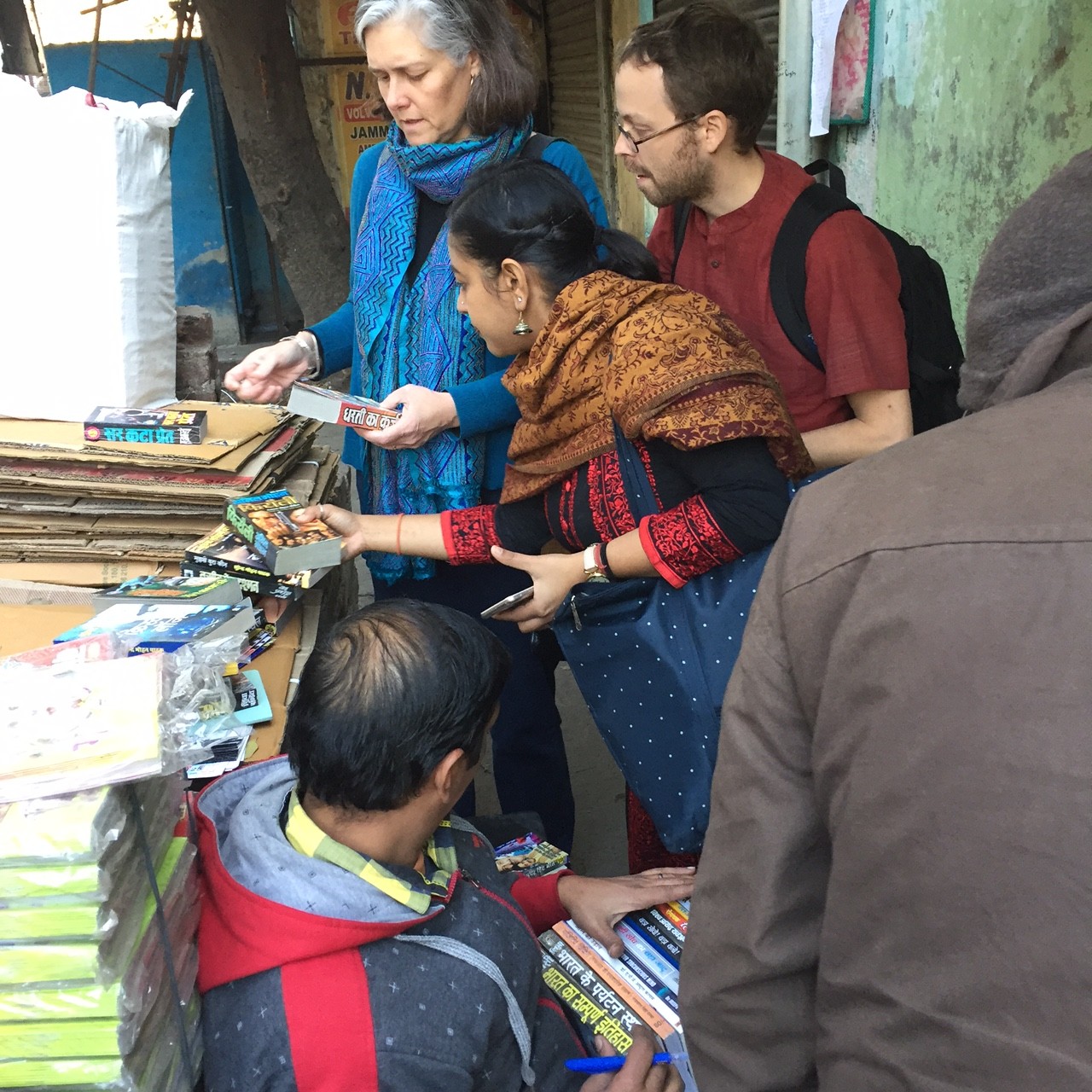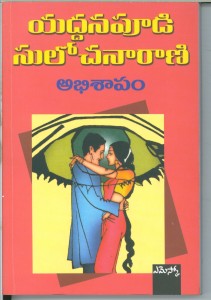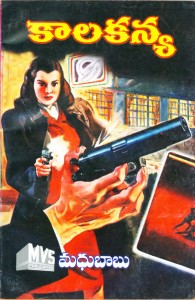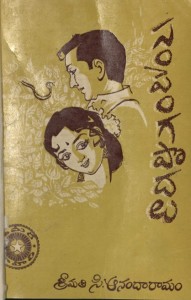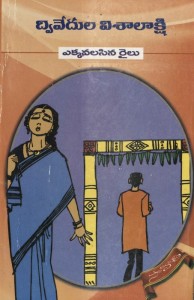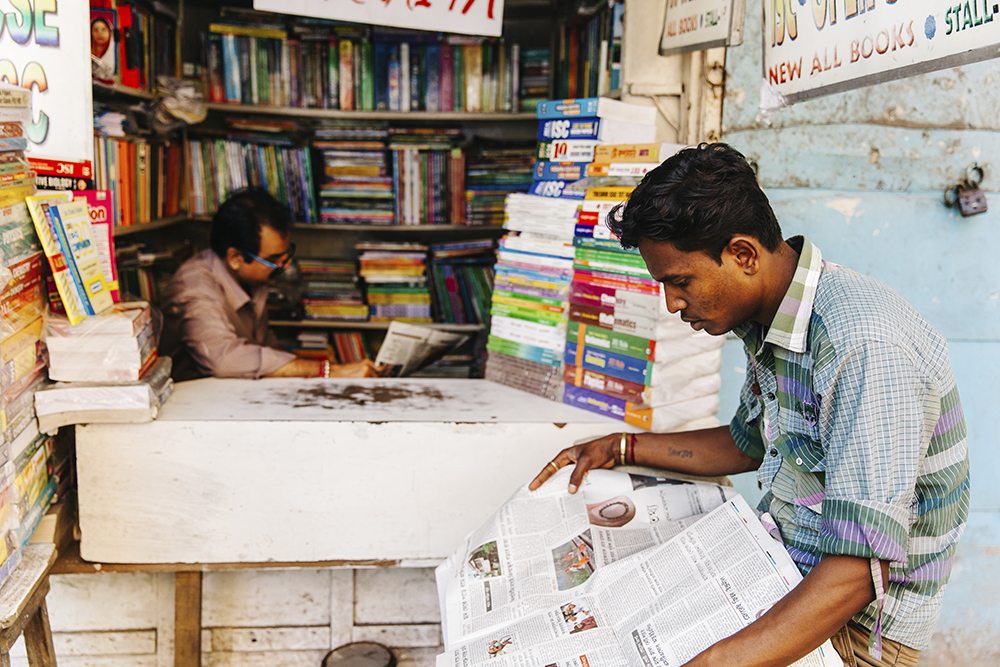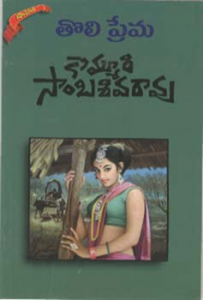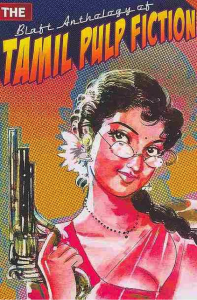With the generous support of both the South Asia Institute and the UT Libraries, I had the good fortune to travel again to India in January 2017. The primary focus of my travel was to continue the active development of the Libraries’ “South Asian Popular and Pulp Fiction Collection.”
“Comprehensiveness” is not ultimately the goal for this nationally distinctive collection, in part because the material itself is ephemeral and passes out of print quickly. In fact, the very fleeting nature of the material, particularly that published in serial formats and on low-quality “pulp” paper, is what makes collecting it so imperative. Private collectors often don’t see the value in its popular content—it isn’t “high brow” nor particularly literary, some of it is geared towards women, while others are purely entertainment-oriented. Public libraries (both in South Asia and abroad) might seem well situated for the content, yet they often aren’t equipped nor charged to preserve such fragile but highly used material. As a result, in gathering this material at our research library, even if only at a representative level, we are assuring both current and future researchers a corpus of material within which to explore literary conventions as well as alternative uses of South Asian languages (particularly that not in high registers), to contemplate social norms and anxieties as represented in fictional accounts and graphic design at a particular moment in time, and to question the consumptive practices of publishing and distribution. In order to be as broadly representative as possible with the collection, I am seeking to include multiple languages and different types and periods of publication.
Building upon earlier efforts in Telugu and Urdu already in the collection, on this trip I sought to acquire materials in Hindi, Malayalam, and Tamil.
In Delhi, and with the gracious help of Asian Studies PhD Student Aaron Sherraden and former SAI Outreach Coordinator Neha Mohan, I was able to acquire the works of authors such as Anil Mohan and Surendra Mohan Pathak.
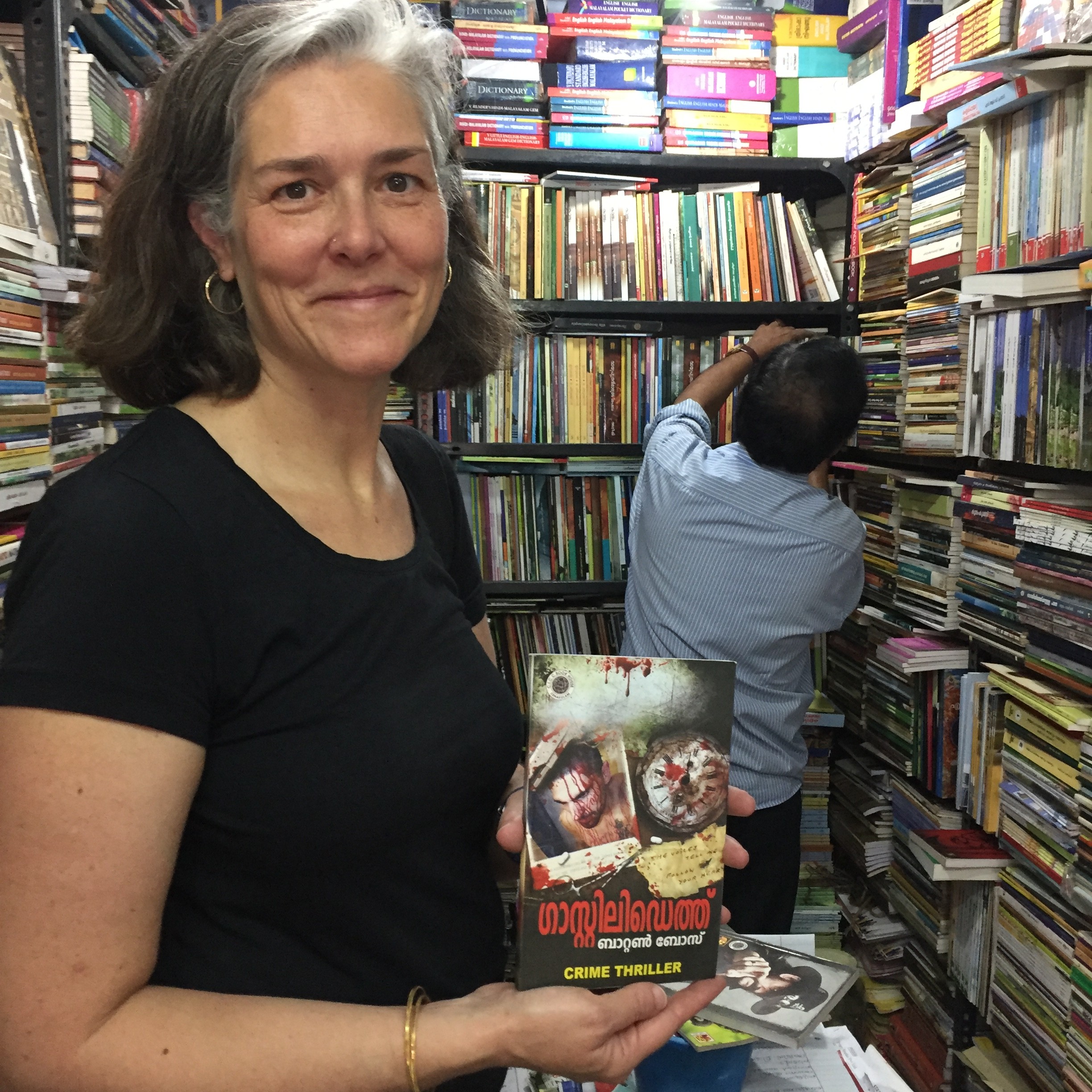
In Trivandrum, and following advice and guidance from Asian Studies Malayalam Lecturer, Dr. Darsana, I was able to acquire the works of authors such as Kottayam Puspanath, Ettumanur Sivakumar, and Meluveli Babuji.
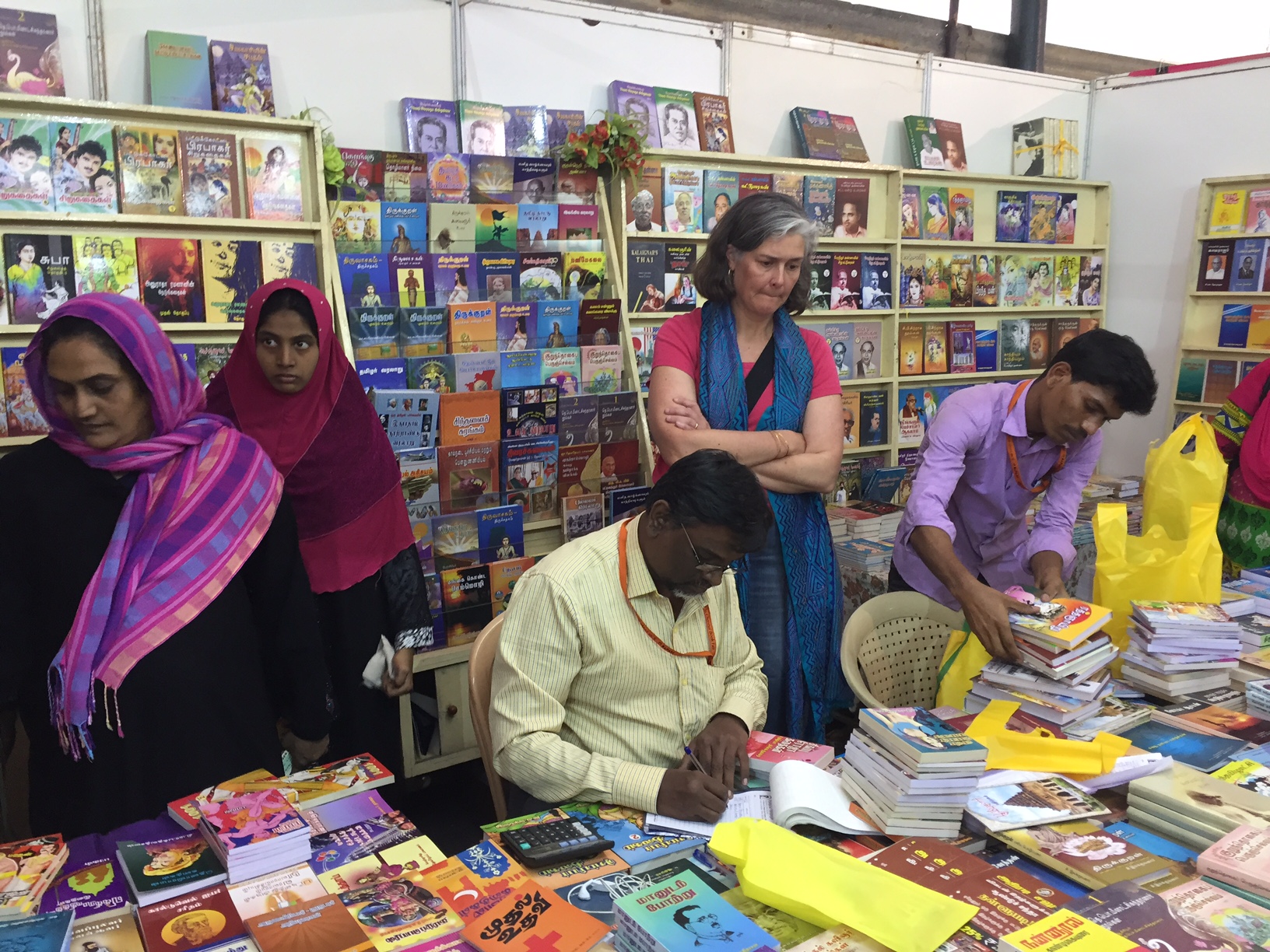
In Chennai, I was able to acquire materials in different publishing formats by authors such as Rajeshkumar, Suba, Uma Balakumar, and Indira Soundarajan.
I continue to be struck by how different the quality of publications is between languages as well as the places of distribution. Malayalam print production seems best, even for lesser known and more “low-brow” content, while Tamil publications get rebranded and reissued at multiple price points and quality levels. Train platforms of course continue to be active sites for purchasing this material but sellers there lament a decline, one they explain either by reduced readership overall and/or by the dominance of smart phones rather than books for “time-pass.” Highly graphic covers dominate the pedestrian markets while less controversial covers of the same content find home in proper bookshops.
As we continue to acquire more and more of these materials, the Library is also in the process of digitizing the covers as they are compelling and research worthy themselves. An online exhibit is expected to be released in mid-2017. If you have any suggestions for, questions about or just want to see these materials—I’m happy for all input and eager for the collection to be used!

